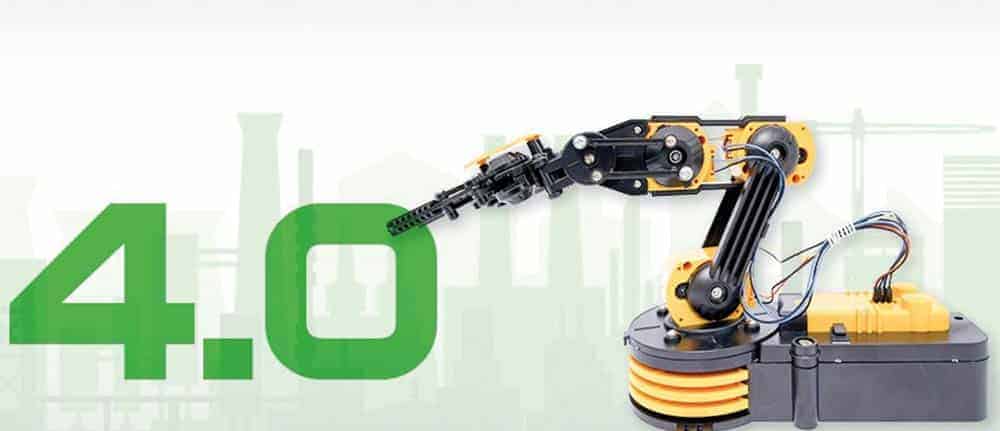Marketplace of the digital world: IoT platforms


According to IoT Analytics, there were more than 450 providers of IoT platforms in 2017, and the number is rising. These platforms pursue very different goals and are operated by very different companies. Bosch, for example, operates on the broad spectrum between brewing temperature control for a coffee machine to sophisticated solutions for digital production with Industry 4.0.
The purpose of IoT platforms is always the same for the user: firstly, to map the digital twin in order to obtain transparency about the virtual avatar, and secondly, to exchange, collect, correlate and analyze structured and unstructured mass data.
In addition to the specific application, the decisive selection criterion for a particular IoT solution is above all its openness to devices and data formats. If IoT platforms are not permeable at this point, this means that companies have to work on different platforms for different applications.
However, this completely contradicts the actual purpose of the Internet of Things. The point here is to use data as comprehensively as possible, because only then can it be guaranteed that an exchange will function automatically and without manual intervention.
As a provider of IoT platforms, SAP does well to promote this openness. It is therefore no surprise that SAP regularly forms new partnerships with the major players in the IoT industry.
When SAP unveiled its SAP Leonardo IoT cloud platform in February, it also announced a partnership with Microsoft that would allow customers to connect their respective IoT offerings.
A wave of consolidation can therefore be observed in the area of IoT platforms at the moment. Protectionism, which exists in part for hardware components, only leads to dissatisfied customers in the software world.
With the partnership between SAP and Microsoft, the companies are now giving their customers a choice. However, this also always means that customers have the option of choosing not to use SAP's IoT platform.
This decision by SAP is not only sensible, but even necessary. It shows that the company is strategically aligning itself with the needs of its customers. It is therefore also consistent that SAP has announced at the same time that this partnership with Microsoft is not exclusive.
According to SAP, the company wants to give customers a choice in connectivity and device management. Customer benefit is central. The broader SAP's positioning, the better the business opportunities in the future.
SAP's other offerings will also become more interesting for customers if they can be easily integrated into existing IoT structures, as the focus in the future will be on the digital process rather than the system.
Microsoft is one of the most important partners here. According to the DSAG Investment Report 2019, most companies planning to invest in non-SAP platforms are planning to invest in Microsoft Azure, followed by Amazon Web Services and the Google Cloud Platform. Linking these platforms all together is urgent.
With openness and exchange between platforms thus already on the right track, the next big question will be how to get data from very different areas, from very different devices and plants to communicate with each other.
Smooth collaboration across the entire supply chain only works when all the people, things, systems and processes involved can talk to each other. For a transparent and automated supply chain, what is needed now is the ability to orchestrate and mediate in between.





